07-09-Daily AI News Daily
AI Insights Daily 2025/7/9
AI Daily|Morning Update|Web Data Aggregation|Frontier Science Exploration|Industry Voice|Open Source Innovation|AI & Human Future| Visit Web Version
AI Content Summary
SenseTime releases Vidu Q1 video model, supporting reference-based generation and high-definition creation.
DingTalk launches AI Spreadsheets, boosting enterprise data processing and automation efficiency.
Apple develops SceneScout to aid navigation for the visually impaired; Shanghai introduces new AI policies to promote the industry.AI Product & Feature Updates
SenseTime has made a massive global splash with the launch of its Vidu Q1 video model’s Reference Generation feature! 🎬 This innovative function lets users upload a reference image to automatically generate multi-element video footage in just minutes, seriously simplifying the creative process. Not only does it support up to 7 subjects for solid consistency in commercial applications, but it also delivers cinematic 1080P HD quality and AI sound effects. Plus, it slashes production costs to a tiny fraction of traditional stock footage, totally revolutionizing video content creation efficiency and flexibility. Talk about a game-changer! ✨

DingTalk just dropped its official AI Spreadsheets product! 🚀 This bad boy is redefining enterprise data processing and info management with its innovative “spreadsheet as a document” feature. It brings serious power with intelligent field handling, zero-barrier data analysis, and automated workflow creation. The goal? To help businesses easily build custom systems, massively boost office efficiency, and push operations into a new, AI-driven era. Pretty neat, huh? ✨
Apple, teaming up with Columbia University, recently unveiled SceneScout, an AI prototype system. 🗺️ This system aims to provide visually impaired and low-vision individuals with groundbreaking street-level navigation assistance by combining the Apple Maps API with a multimodal large language model. Not only does SceneScout offer route previews and virtual exploration features, but tests also show a 72% accuracy rate for AI-generated descriptions, earning high praise from users and significantly improving travel experiences. That’s a huge win! 🎉

Get ready, folks! Microsoft Windows 11 is about to drop its highly anticipated AI Dynamic Wallpaper feature. 🖼️ The related code has already quietly appeared in the latest preview build, though it’s not yet active. This feature promises to let users pick themes and have their wallpaper automatically update, bringing an even more personalized and intelligent desktop experience to Windows 11. How cool is that?! ✨
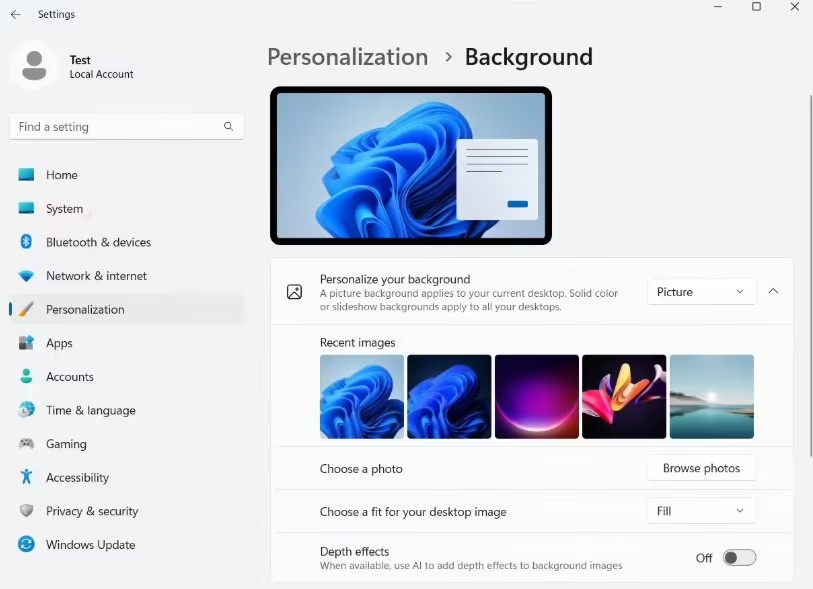
Microsoft has just rolled out the public preview of Deep Research in Azure AI Foundry! 🔬 This powerful AI agent can automate complex research and analysis tasks. It cleverly combines Bing Search with OpenAI’s GPT series models to intelligently break down problems and precisely fetch information, significantly boosting efficiency for scientific research and business decisions. Plus, it supports API integration, making your research a breeze! 🚀 More Details.
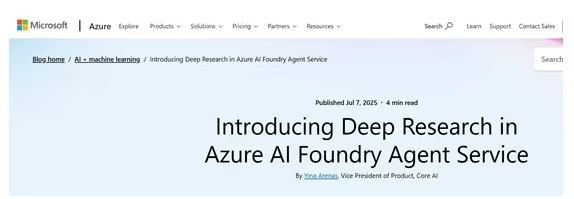
AI Frontier Research
Alibaba Group just dropped a bombshell with its latest multimodal large language model, HumanOmniV2! 🧠 This model is grabbing serious attention in the AI world thanks to its killer global context understanding and multimodal reasoning capabilities. It crushed Alibaba’s self-developed IntentBench test with a whopping 69.33% accuracy rate and effectively tackles the “shortcut problem” in complex tasks using its unique mandatory context summarization mechanism. This bad boy is set to have massive prospects in both consumer and enterprise AI applications. Mind blown! 🤯 For more details, check out the ‘Model Address’ and ‘Model Address’.
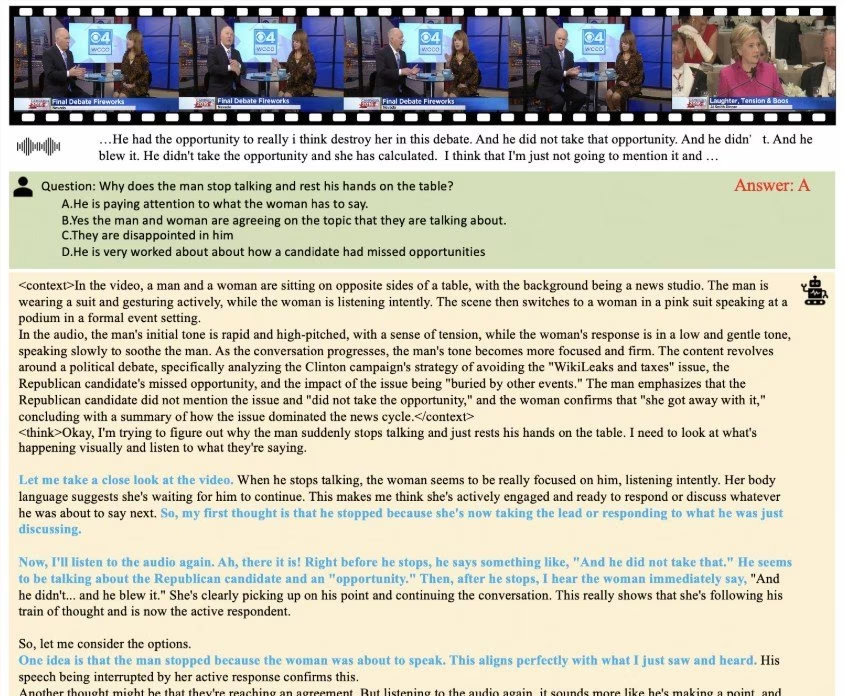
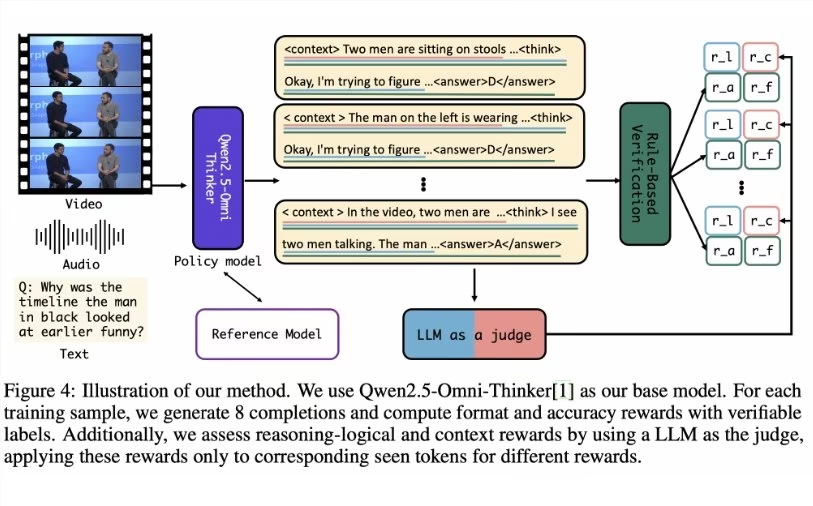
Researchers from Carnegie Mellon University and Cartesia AI have unearthed an incredible secret! 💡 They found that with just 500 steps of training intervention, recurrent models can achieve an astonishing generalization capacity to handle sequences up to 256k! This completely shatters their previous limitations on long-sequence tasks. 🤯 The team also proposed the “Unexplored State Hypothesis” to explain this phenomenon. This research, through a series of clever training interventions, significantly boosts the performance and stability of recurrent models, paving a totally new direction for their development in deep learning. How cool is that?! 🔬
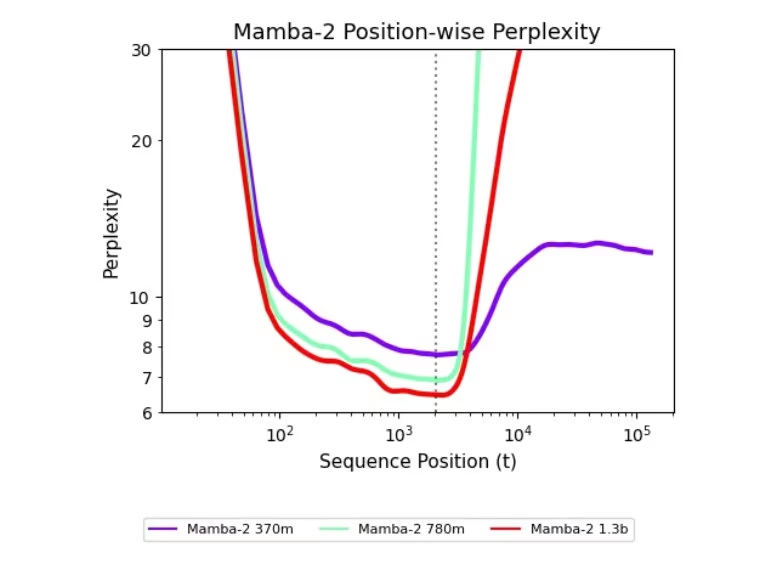
A new study introduces AutoHDR, an awesome automated method for historical document restoration! 📜 It also comes with the first-ever full-page Historical Document Restoration Dataset (FPHDR), designed to tackle the limitations of current restoration solutions. AutoHDR mimics the workflow of historians, dramatically boosting the OCR accuracy of damaged documents and opening up new avenues for human-computer collaboration in preserving precious cultural heritage. Plus, its model and dataset are open source! 🤖 Wanna dive deeper? Check out the ‘Paper Link’ and ‘Model Address’.
AI Industry Outlook & Social Impact
Startup Lovable is seriously blowing minds! 🤯 They hit a whopping $80 million in annual revenue in just seven months, all thanks to their innovative “AI-native” work model. Half their team is made up of AI-native employees, completely shaking up the traditional tech company paradigm. This setup supercharges efficiency, letting ideas quickly come to life with AI’s help. It also signals that the rise of AI-native employees will profoundly impact future organizational structures and management models, making us ponder those redundant job roles. 🤔 What a ride! 💸

Talk about a happy accident! 😂 ChatGPT mistakenly suggested that the Soundslice website supported ASCII guitar tablature import, which led to a massive influx of users. This forced the developers to scramble and urgently launch a feature that hadn’t even existed! This “blunder” sparked a heated debate online, but surprisingly, many folks actually felt it ignited innovative inspiration and pushed technological progress. Seriously, what a win-win! 💡
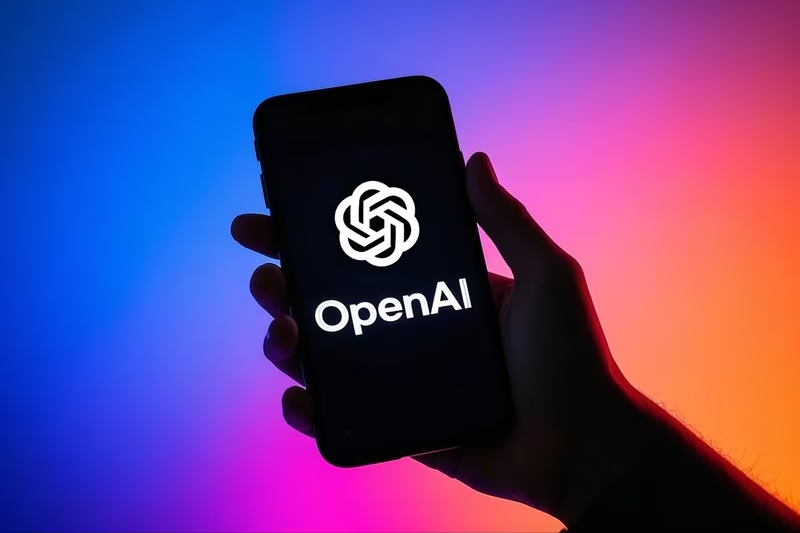
Get ready, because Shanghai just dropped 17 new policies! 🏙️💰 These moves are designed to boost the high-quality development of the city’s software and information services industry, offering up to a 30% subsidy for top-tier AI projects. The policies will cut enterprise costs through things like compute vouchers, vigorously promote large model applications, and support AI code generation. It’s all about attracting high-end talent and injecting new vitality into the industry. Shanghai is going big, folks! 🚀✨

Open Source TOP Projects
Google has open-sourced the MCP Toolbox for Databases! 🛠️🌐 This tool is designed to simplify AI agent interaction with SQL databases via the Model Context Protocol (MCP), enabling efficient and secure integration. It allows for quick connections with fewer than 10 lines of Python code and comes packed with core features like connection pool management, authentication, and schema introspection. It’s a huge boost for development efficiency and a major asset for database integration! 🚀 Check out the ‘Project Link’.

The “12-factor-agents” project (⭐7177) 💡💻 is diving deep into principles for building LLM-driven software that’s truly production-ready. It’s all about tackling the challenge of delivering high-quality large model applications to customers. Think of it as a hands-on guide, showing developers how to take LLMs from the lab to the real world! ✨ Get the scoop here: ‘Project Link’.
Developed by Tongyi Lab, WebAgent 🕷️🌐 is a web agent project specifically designed to tackle information retrieval problems. It includes modules like WebWalker, WebDancer, and WebSailor, and it’s already racked up 1935 stars! This project offers robust support for building super-efficient information retrieval systems, letting you cruise through the ocean of information without a hitch! 🔎 Dive in: ‘Project Link’.
The Hands-On-Large-Language-Models 📚🧑💻 repository is the official code hub for the O’Reilly book, “Hands-On Large Language Models.” Its goal is to help readers get hands-on experience and deeply understand large language models, and it’s already garnered an impressive 11,333 stars! This project is a treasure trove for LLM learners, offering a wealth of code examples for LLM study and application! ✨ Check it out: ‘Project Link’.
The GenAI_Agents 🤖🧠 repository is a fantastic collection of tutorials and implementations for various generative AI agent techniques. It aims to provide comprehensive guidance, from beginner to advanced, for building intelligent, interactive AI systems, and it’s currently rocking 13,914 stars! This project is an invaluable resource for developers looking to dive deep into and apply generative AI agents. Get ready to become an AI agent master! 📖 Find it here: ‘Project Link’.
Japanese AI company Sakana AI has unveiled an innovative algorithm called AB-MCTS! 🤝🧠 This algorithm enables large language models (like ChatGPT, Gemini, DeepSeek) to collaborate on problems just like human teams. It’s already shown significantly better performance than single models on benchmarks like ARC-AGI-2. This research proves that combining the strengths of different models can solve complex challenges more effectively. The algorithm has been open-sourced as TreeQuest, opening up a whole new world for AI collaboration! 💡 Get the lowdown here: ‘Project Link’.
Social Media Shares
Baoyu recently jumped into a deep discussion on social media about the efficiency of AI coding. 💻🤔 He reckons that while AI can seriously boost efficiency for certain tasks (like ClaudeCode whipping up a YouTube crawler in just an hour), its impact is limited for complex applications or “shit code” (messy, poorly written code). In fact, he suggests it might even accelerate the creation of more complex code because AI struggles to clearly grasp requirements and its output sometimes doesn’t hit high standards. Food for thought! 💬 More Details.
wwwgoubuli suggests that in many real-world scenarios, pre-orchestrated qualitative workflows are actually more convenient and practical than intelligent agents. 🔄💡 This highlights that workflow orchestration still holds a significant edge in specific applications. 🤔 Worth pondering, right? More Details
Guizang (guizang.ai) shared a stunning, high-quality long image generated using “Master Zang’s” prompts! 🎨✨ This totally showcases how effective prompt engineering can be for visual content creation – it’s like playing AI like a fiddle! 📸 Check it out: More Details

Guizang (guizang.ai) pointed out that a certain piece of text was highlighted 98 times, ✍️📈 reflecting a broad consensus on a widespread change. He shared insights from a previous AGI Bar discussion with friends about AI’s impact on content creation and how to cultivate a “traffic nose” (i.e., knack for spotting trends). He’s already published these insights, and they really make you think! 🤔 Dig in here: More Details

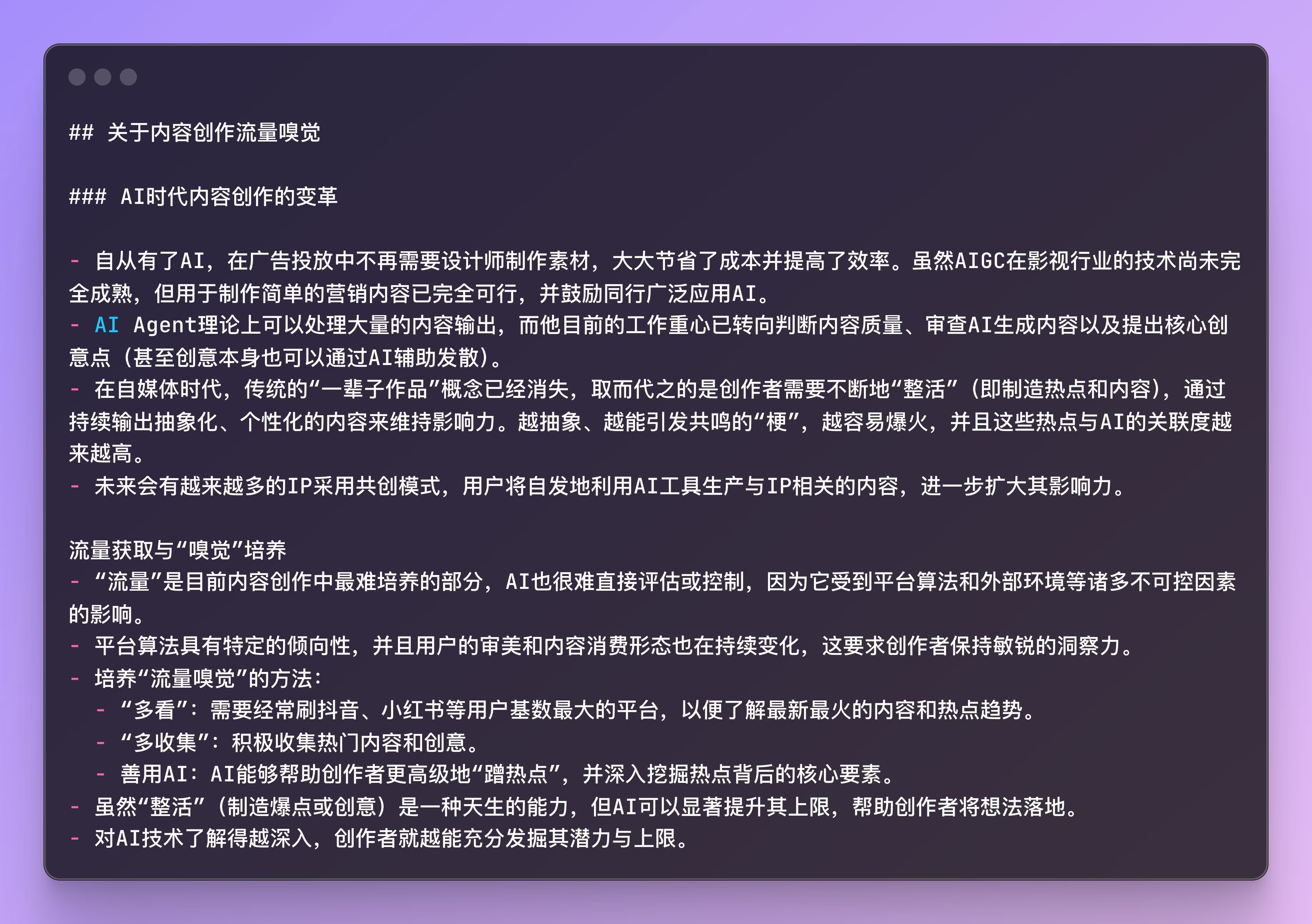
Elvis is raving about the combo of Gemini CLI and MCP Server! ✨🚀 He says it’s crushing it in programming scenarios and also shines brightly in creative tasks like transcription and writing. He even shared a video to show off its powerful features. You gotta check this out! 🎥 More Details
Listen to the Audio Version of AI Daily
| 🎙️ Xiaoyuzhou | 📹 Douyin |
|---|---|
| Laisheng Little Pub | Media Account |
 |  |